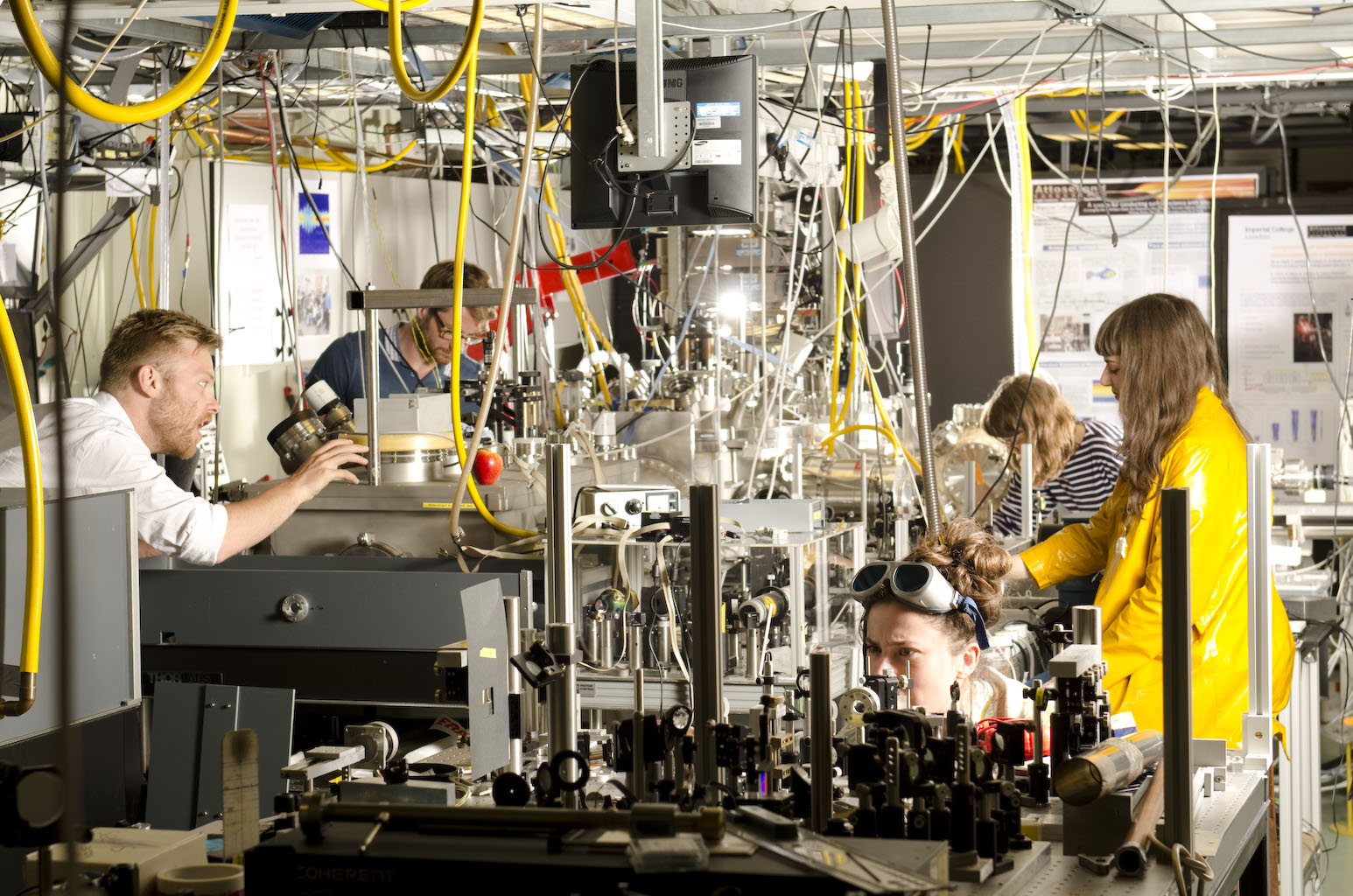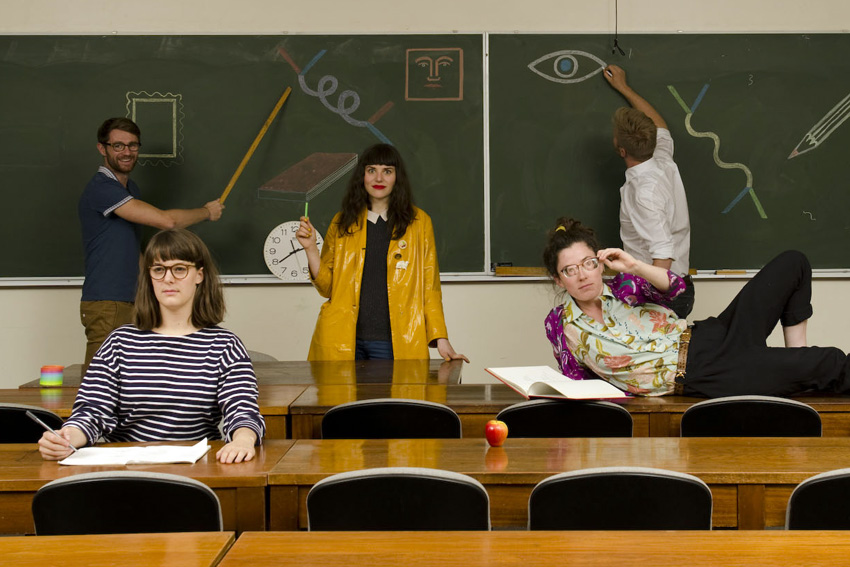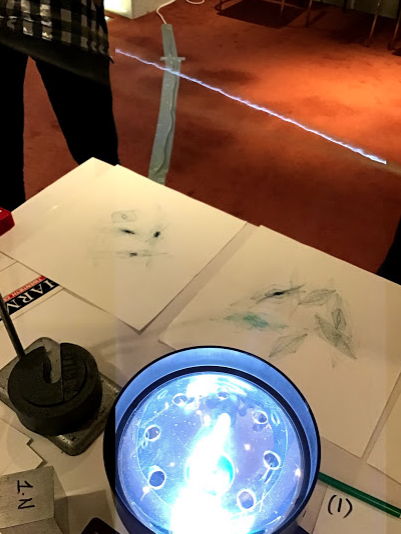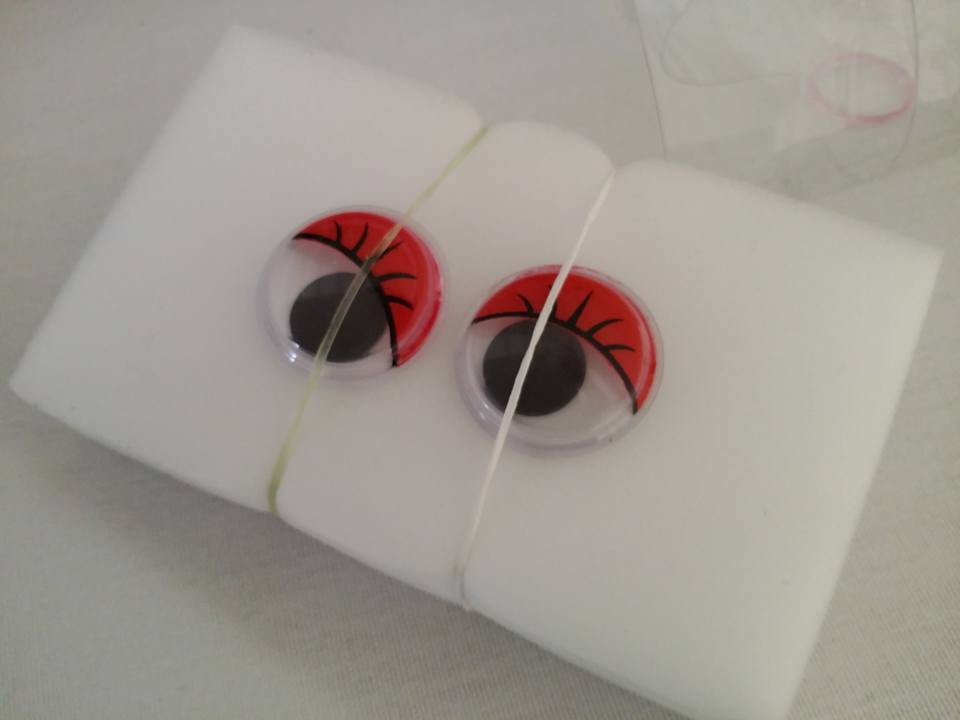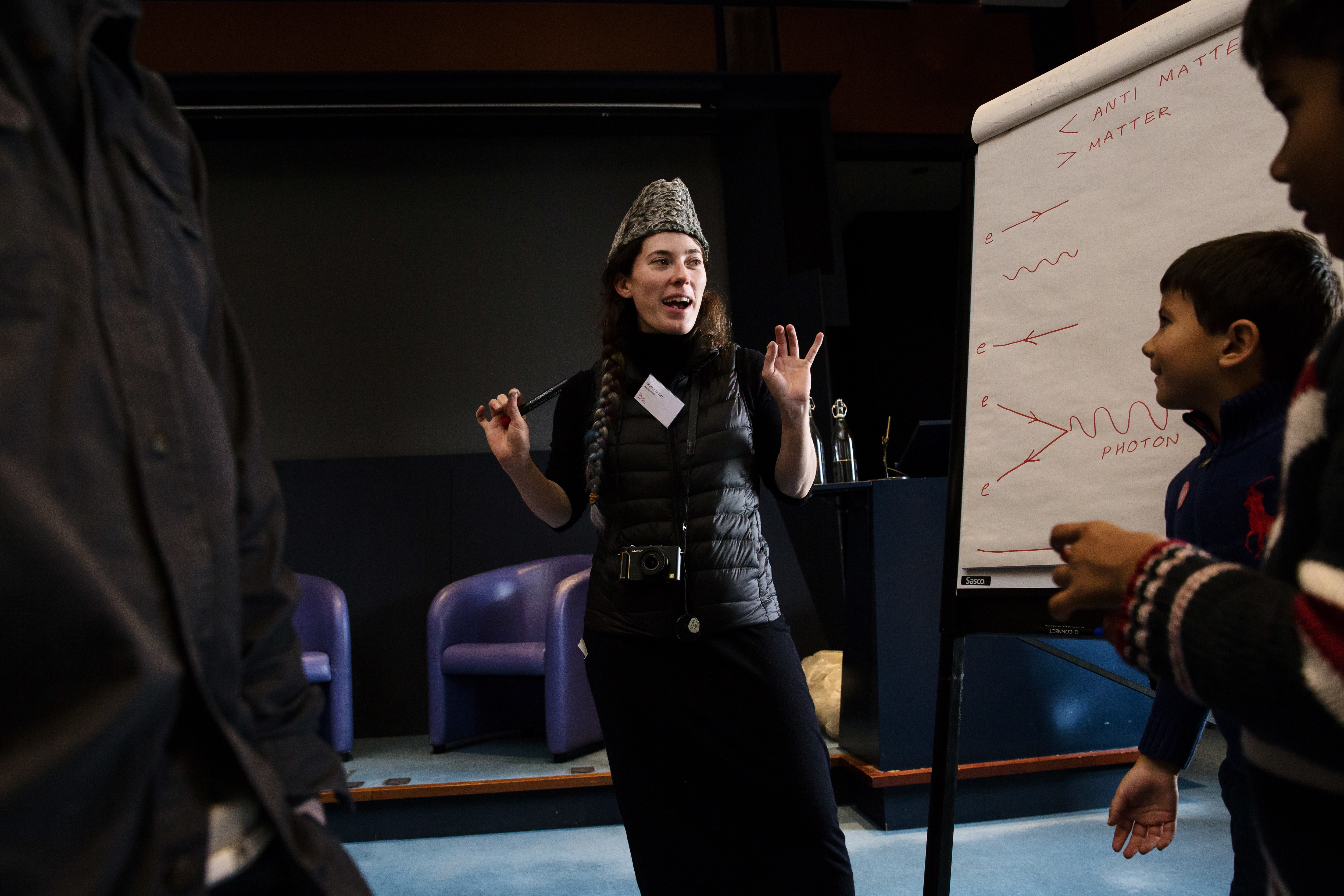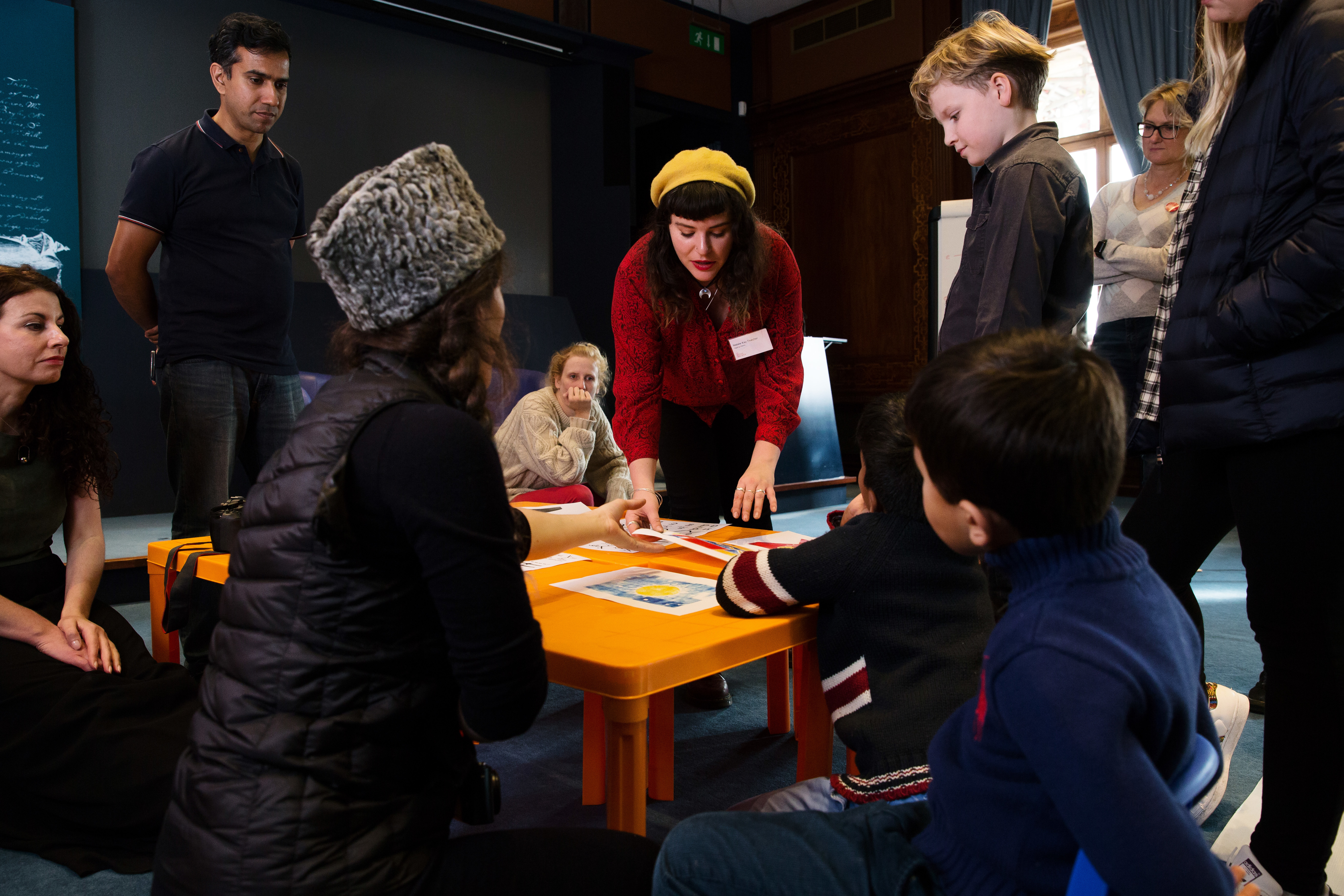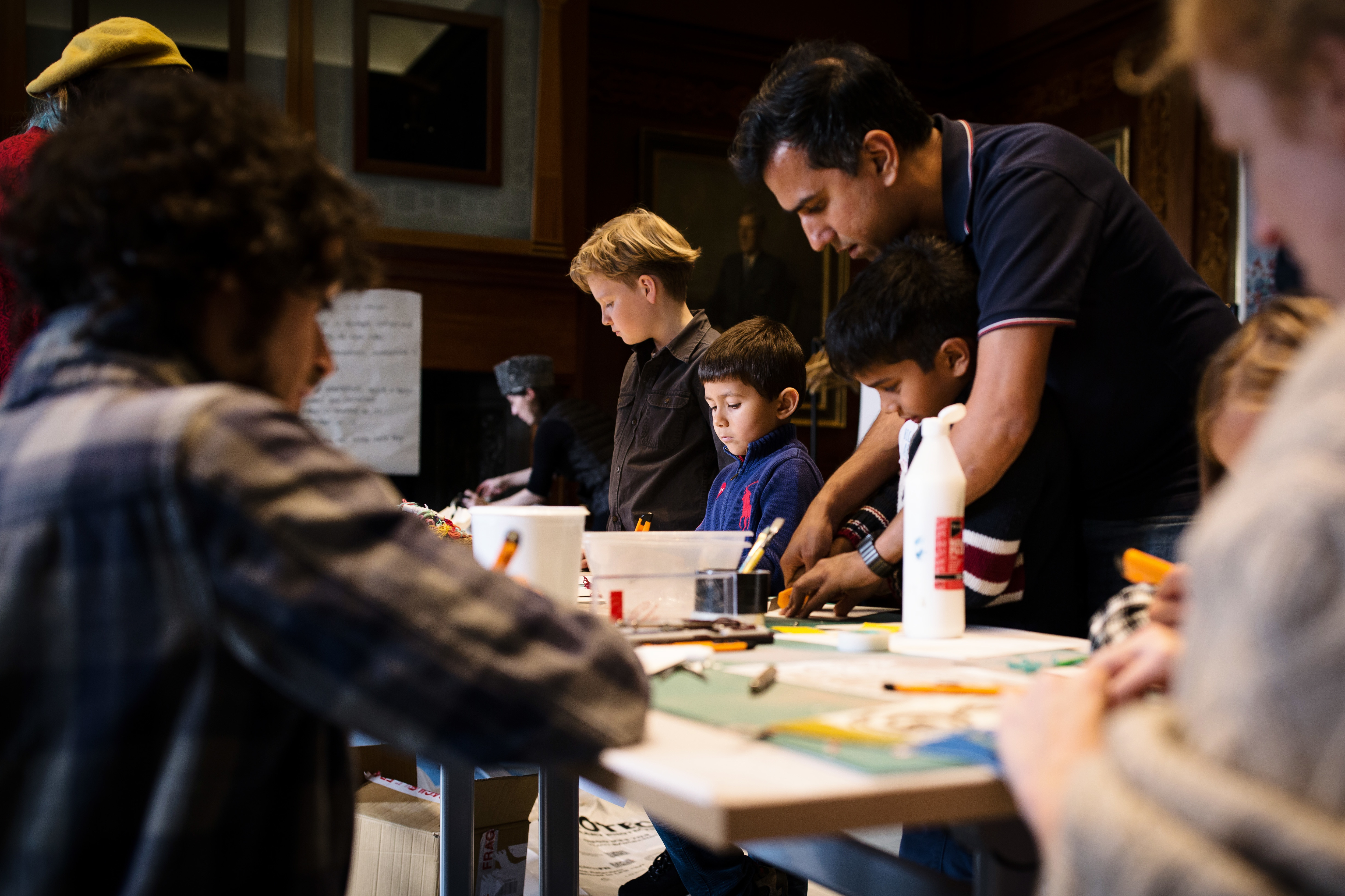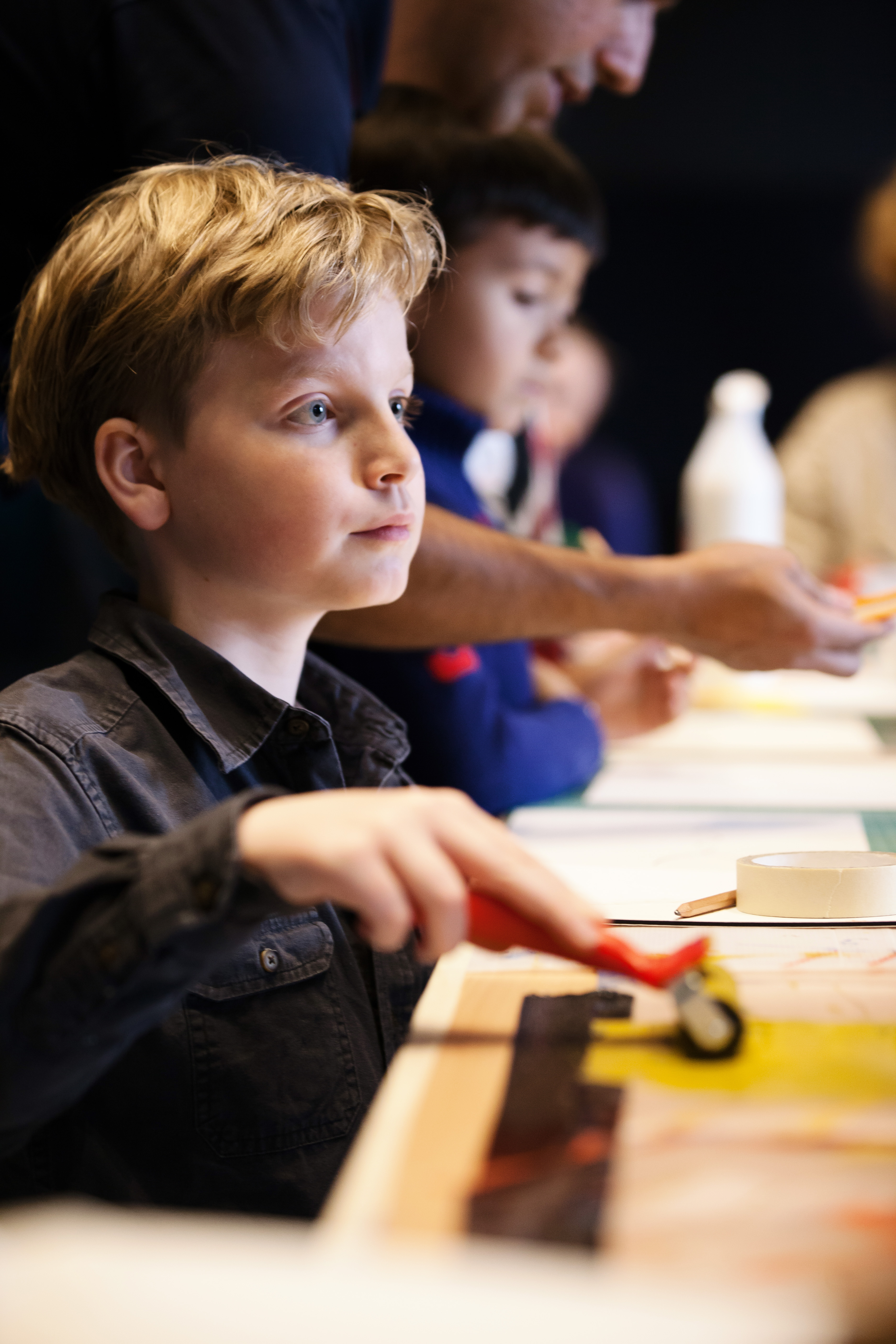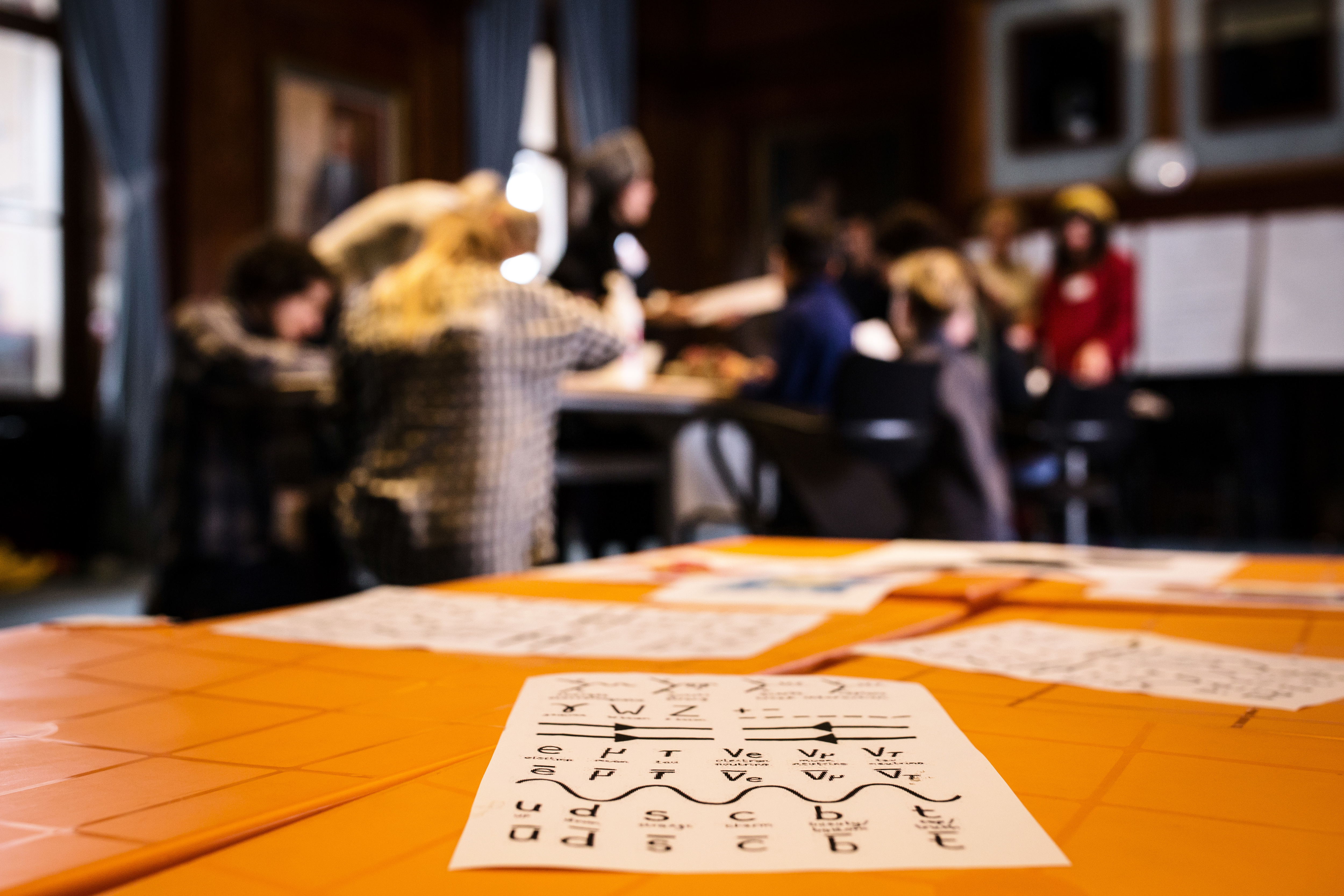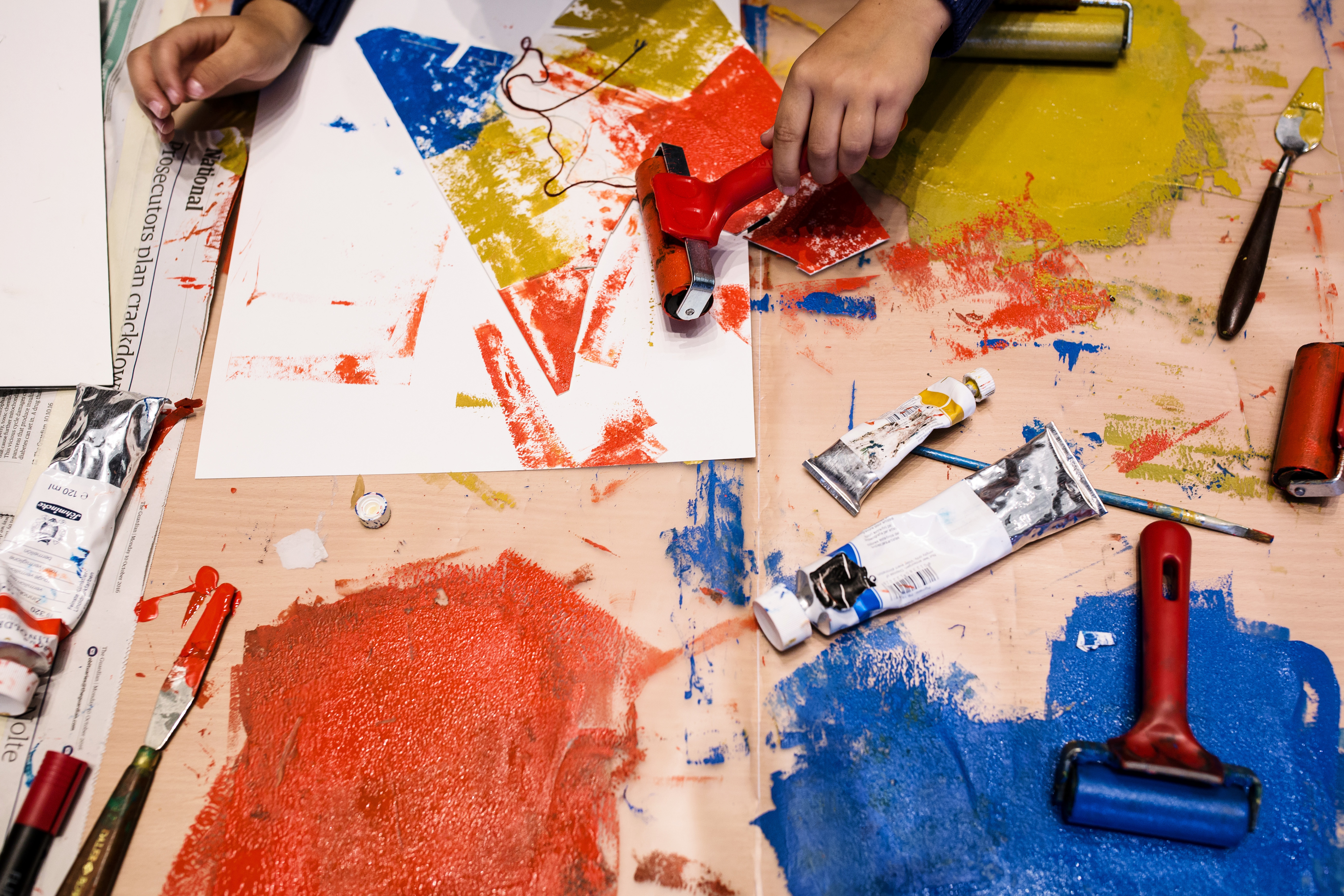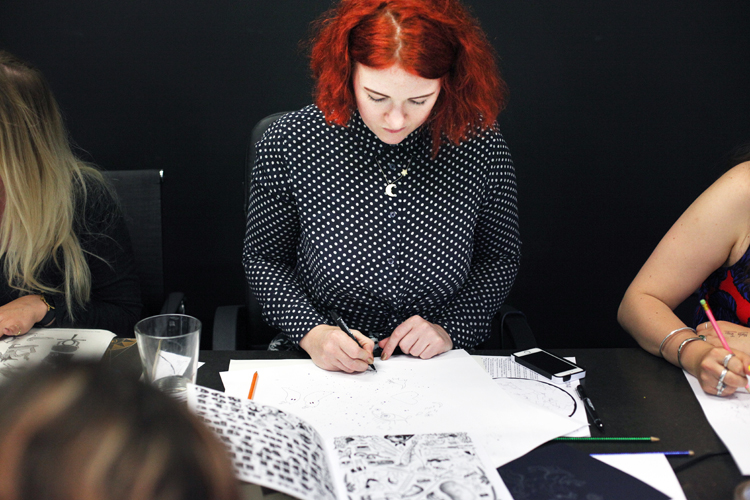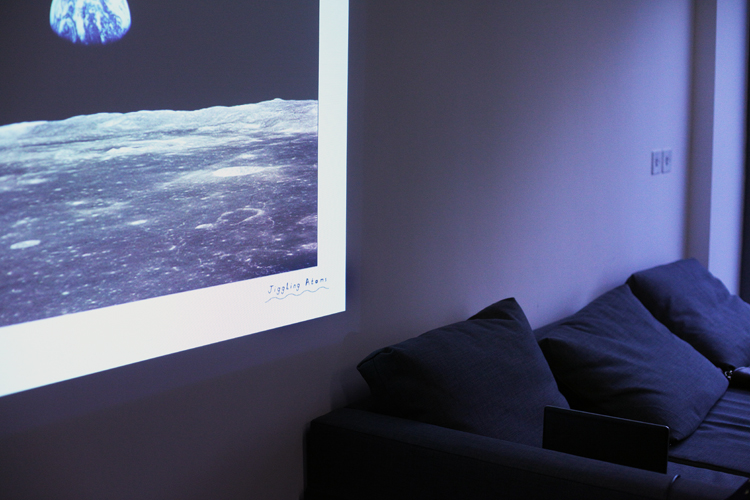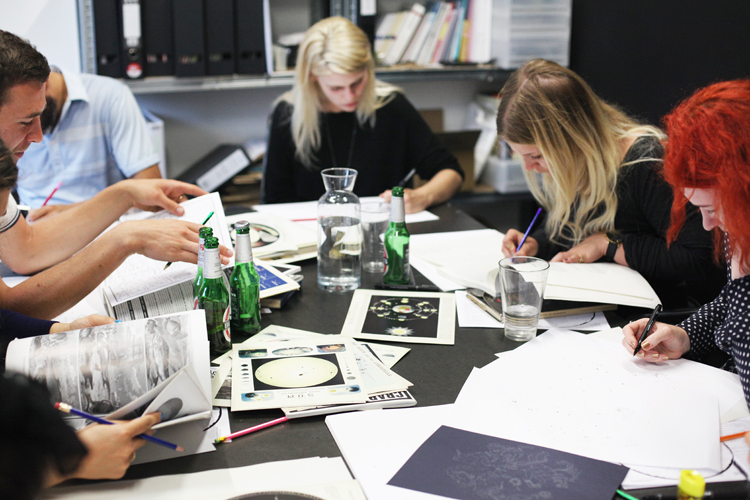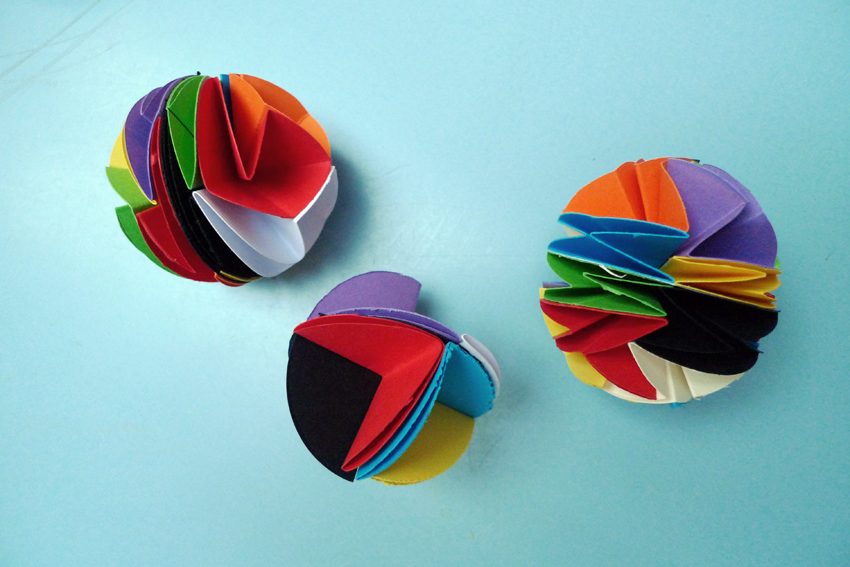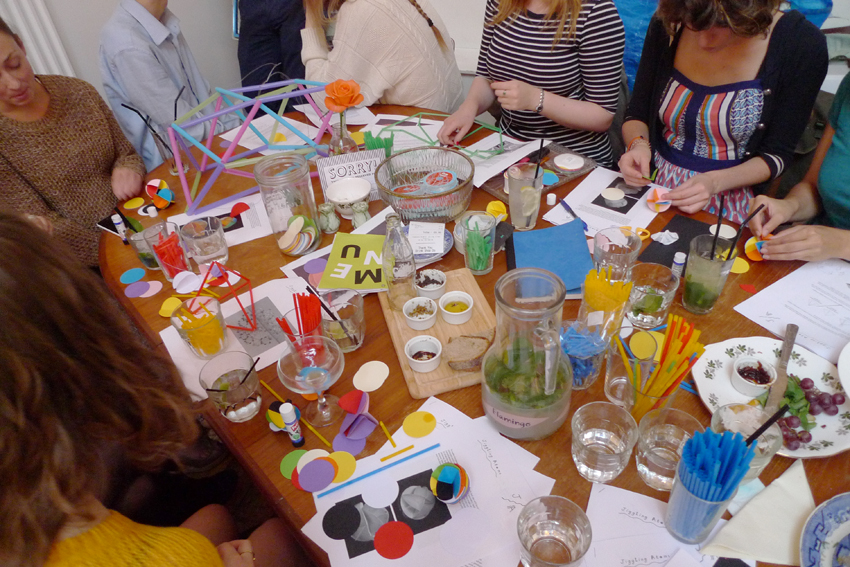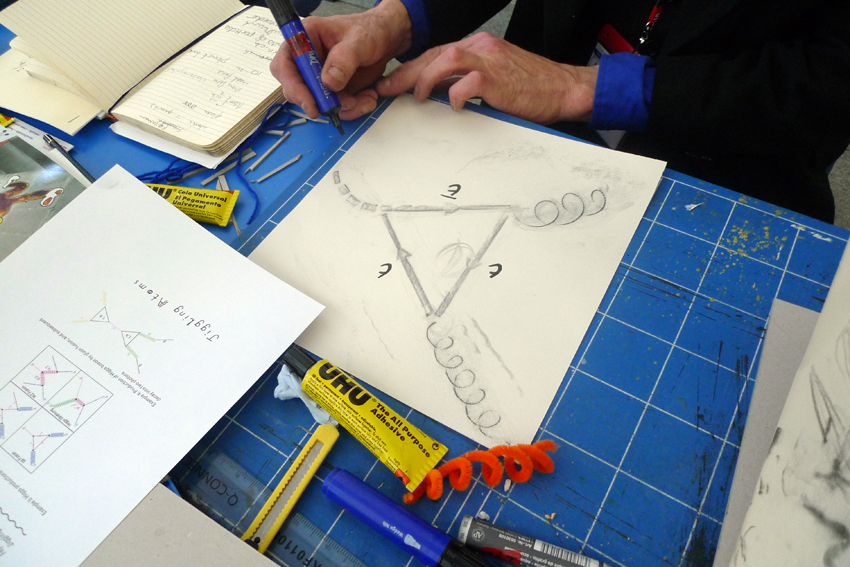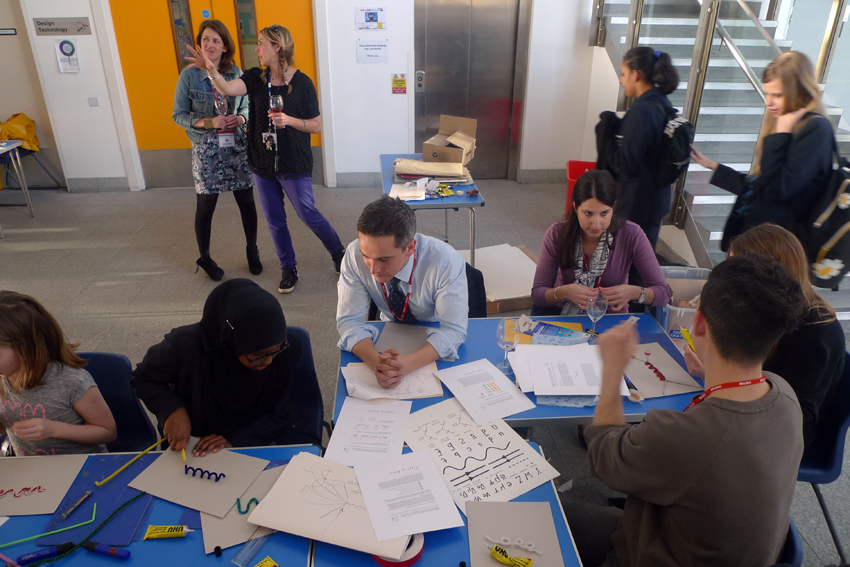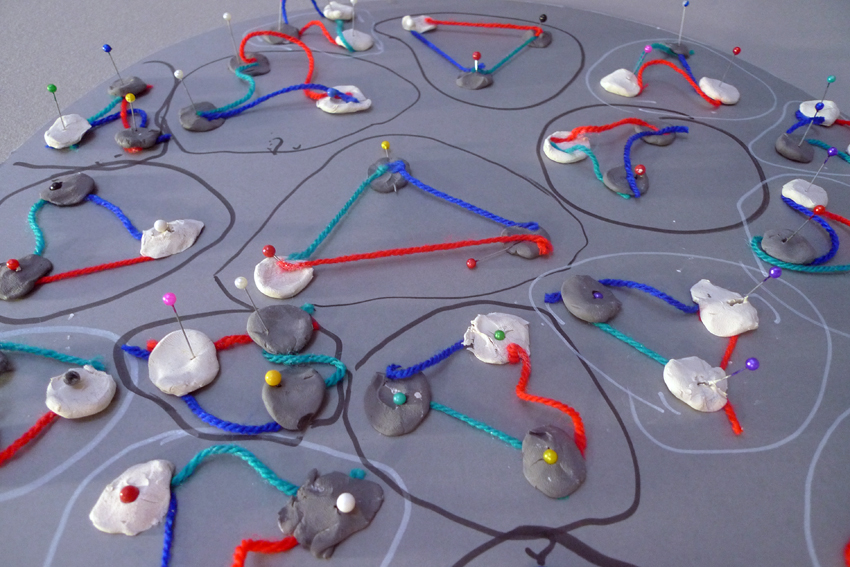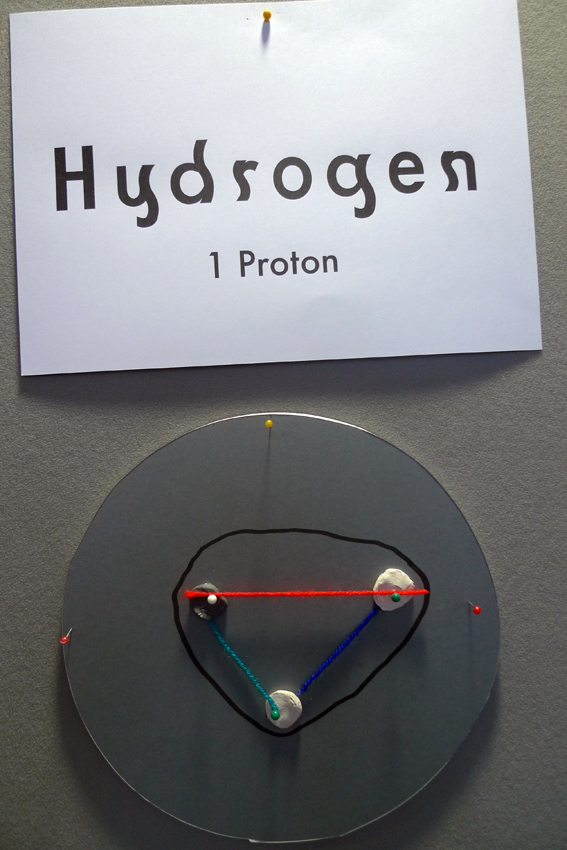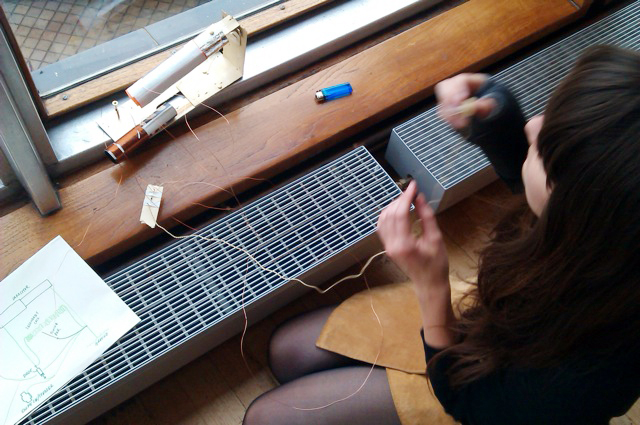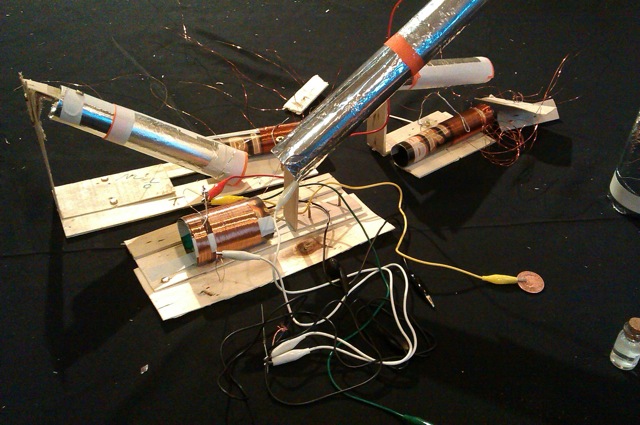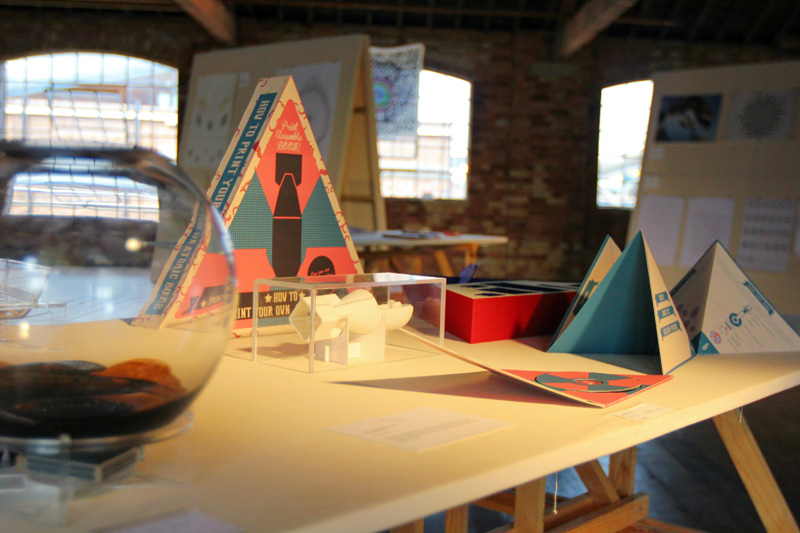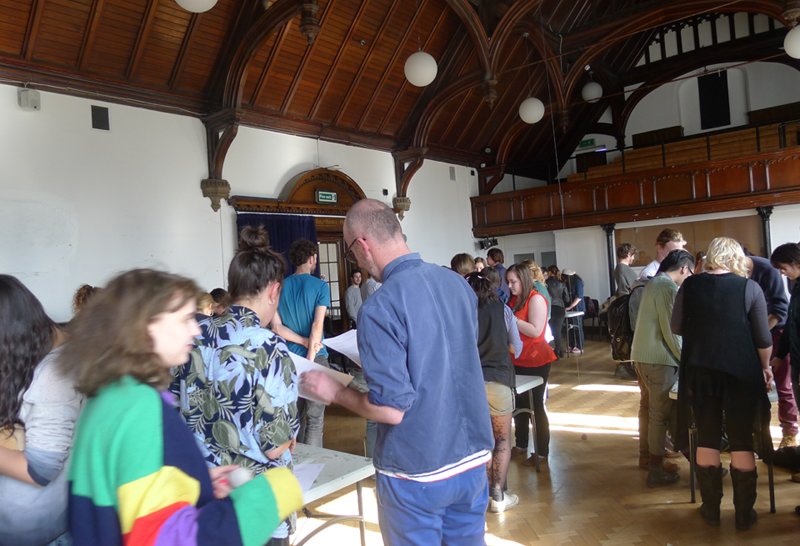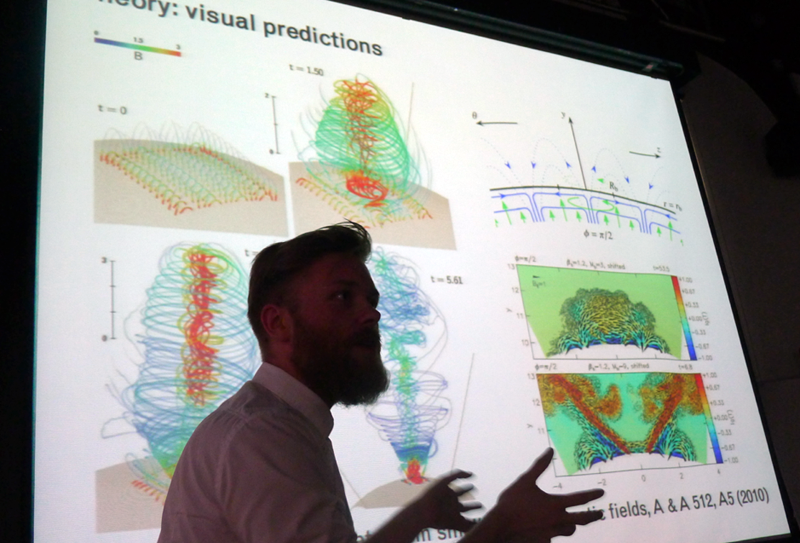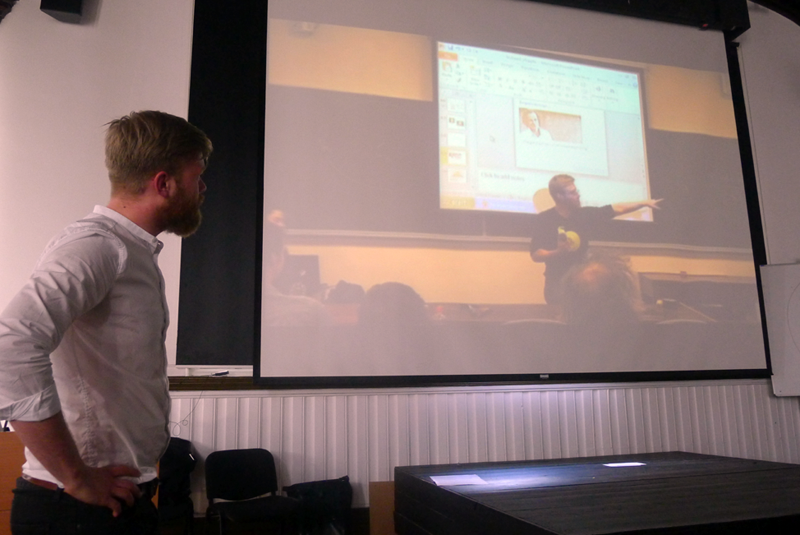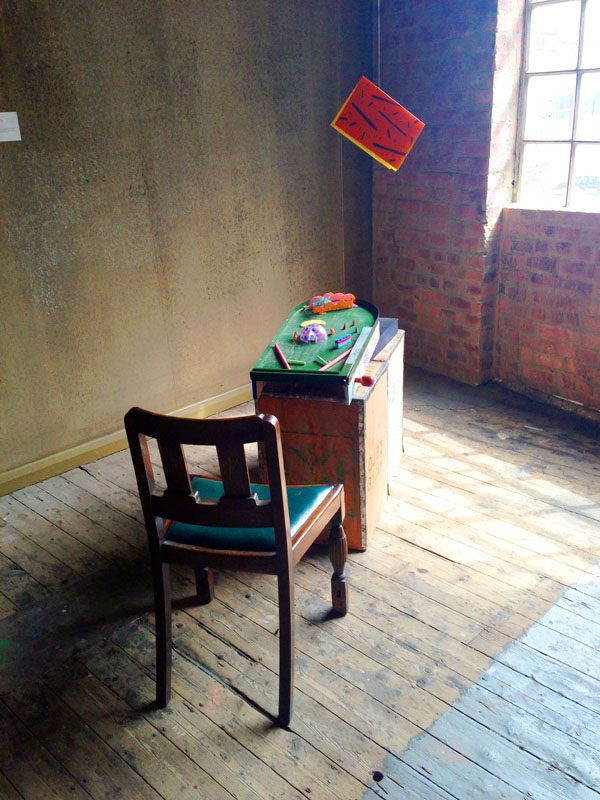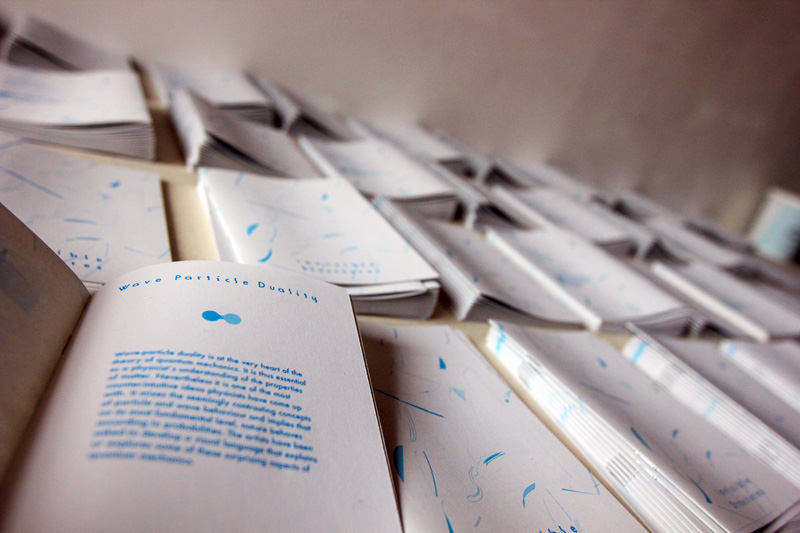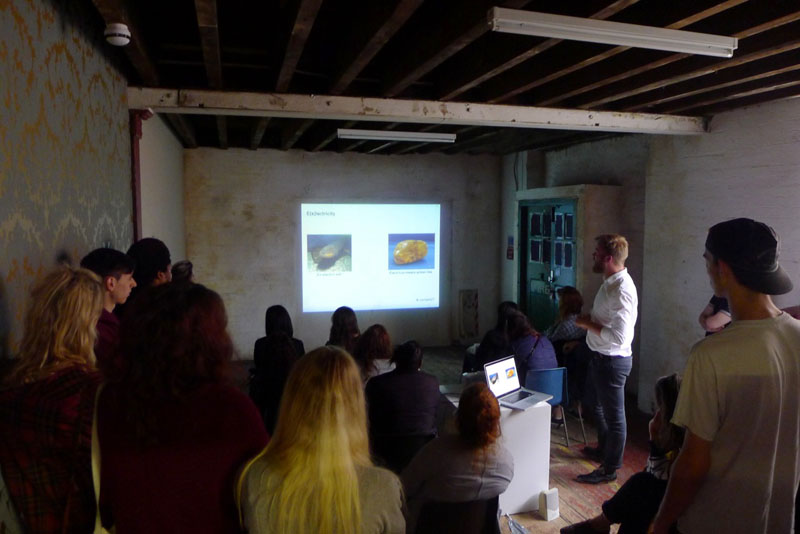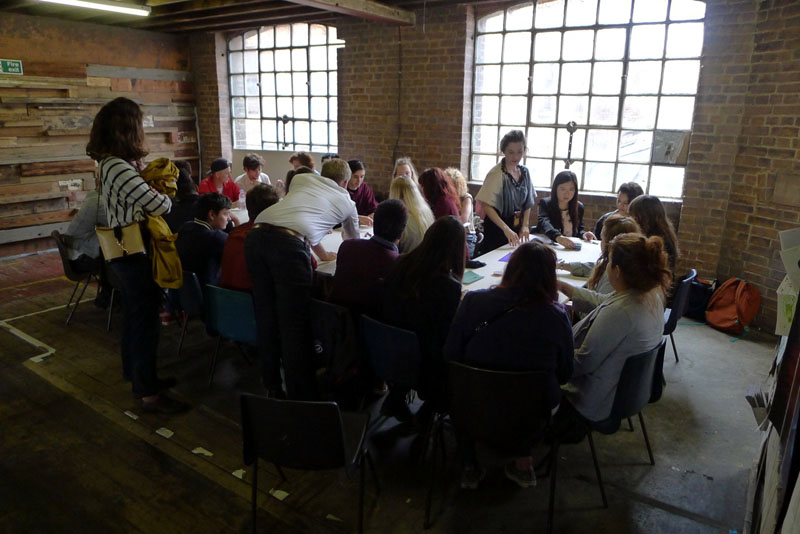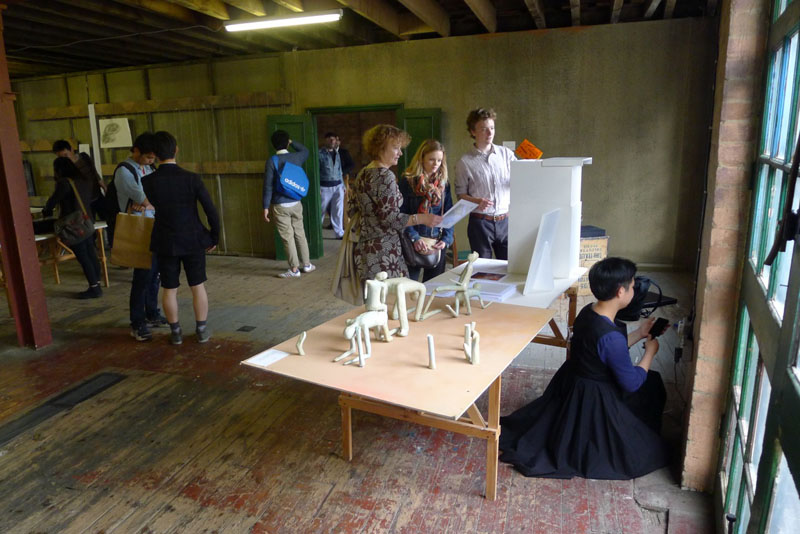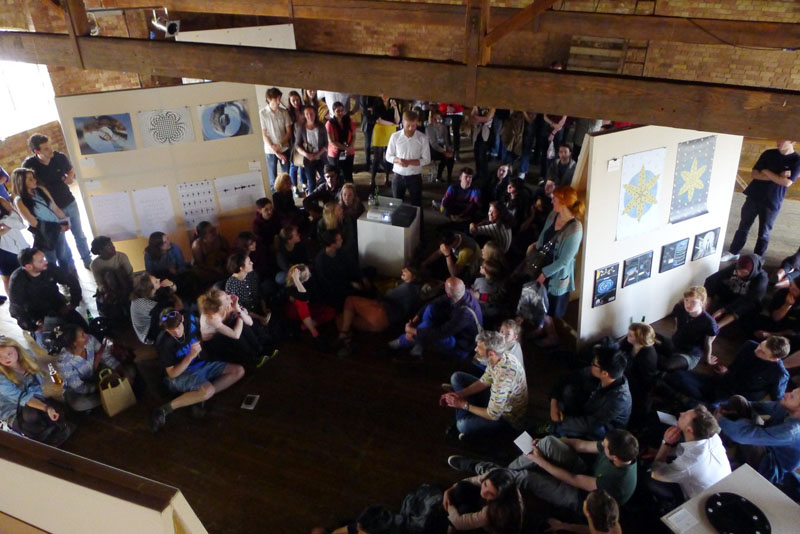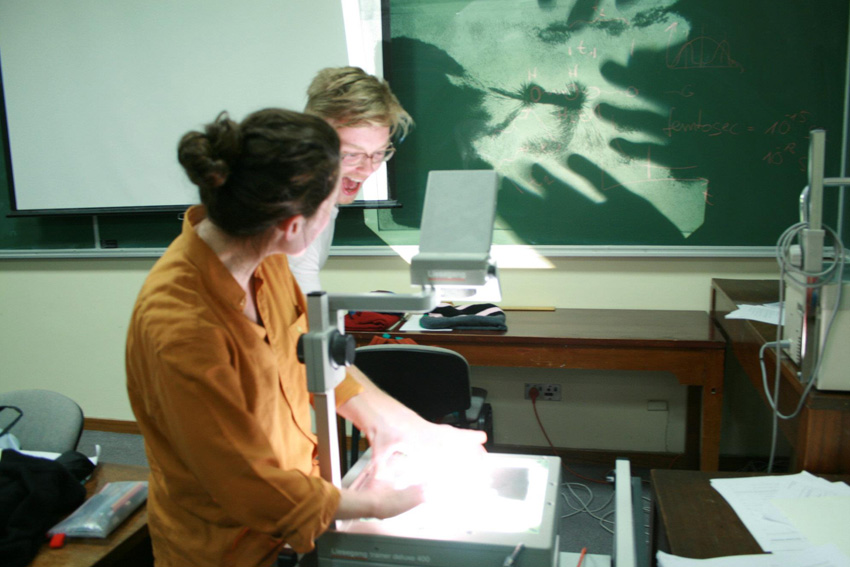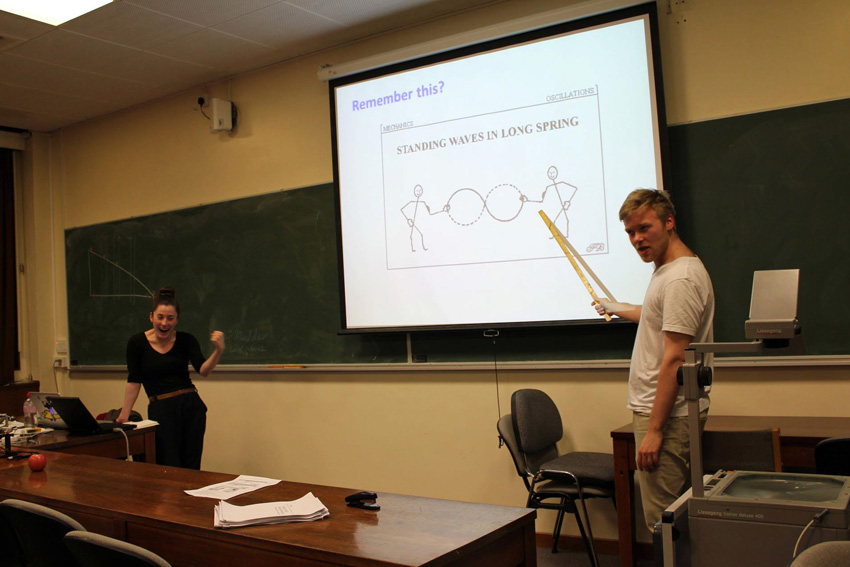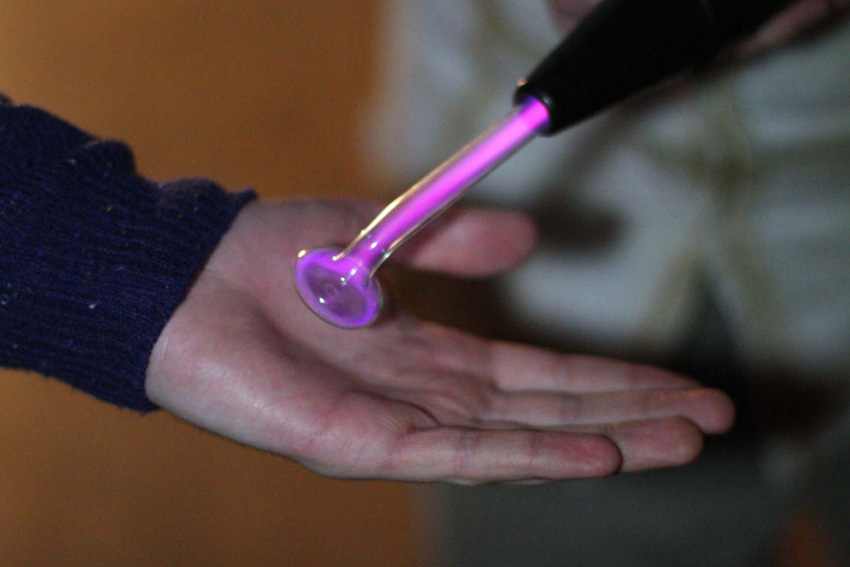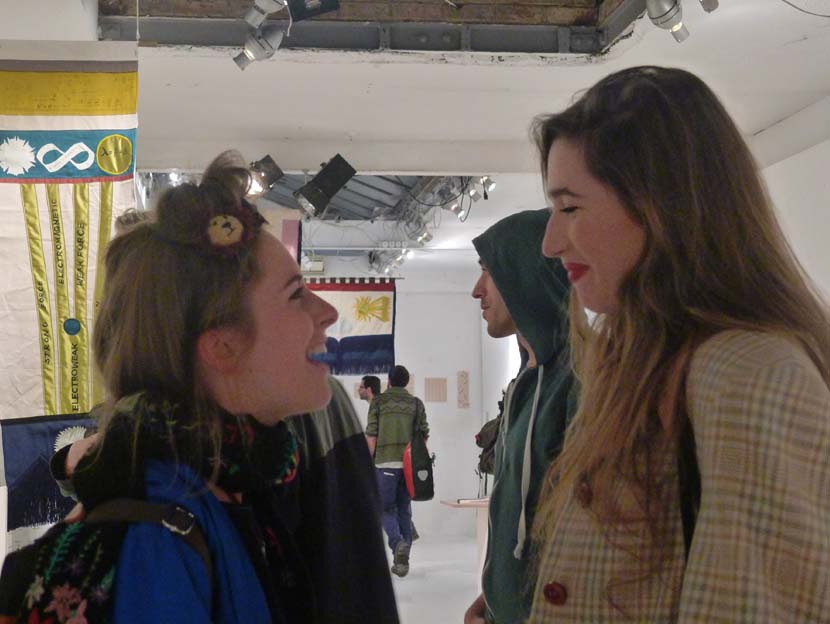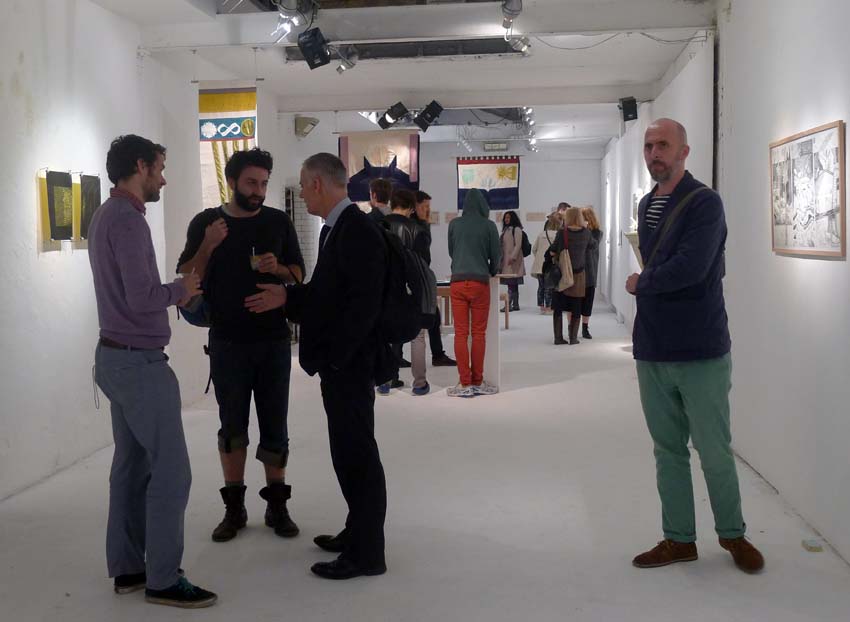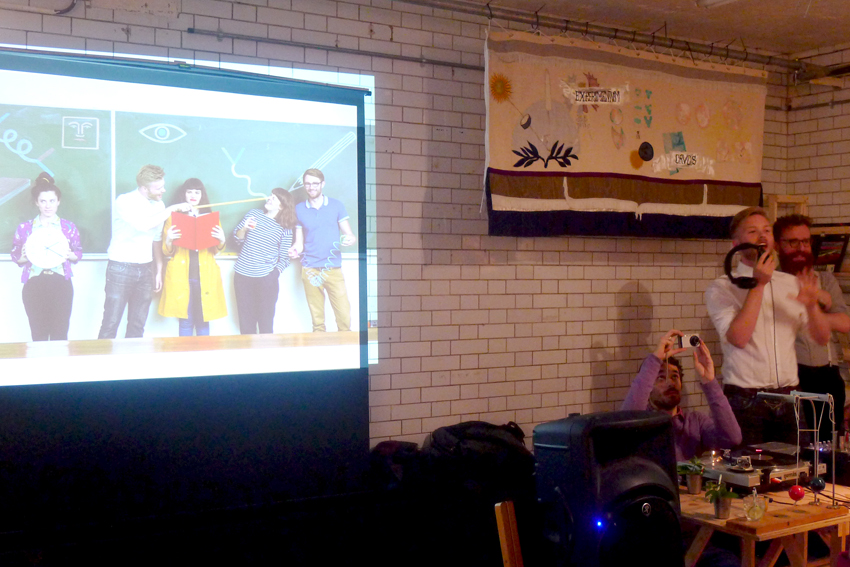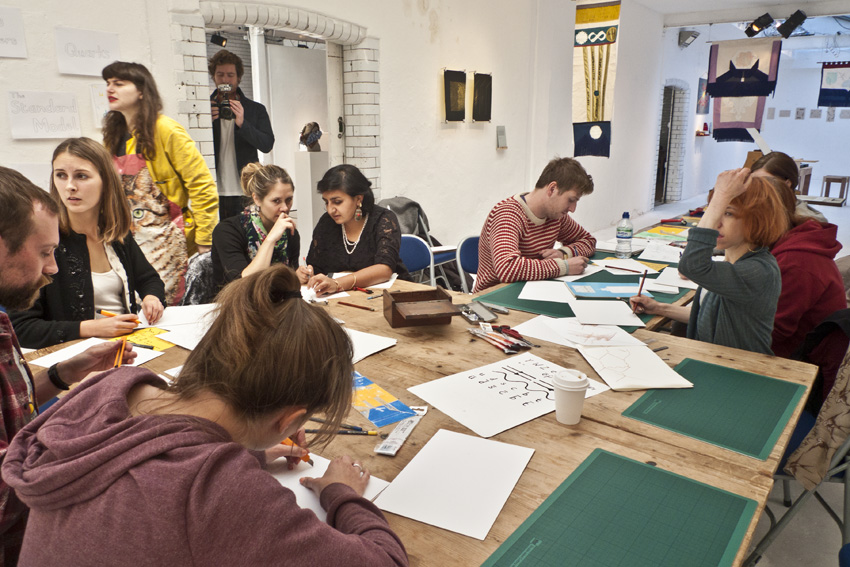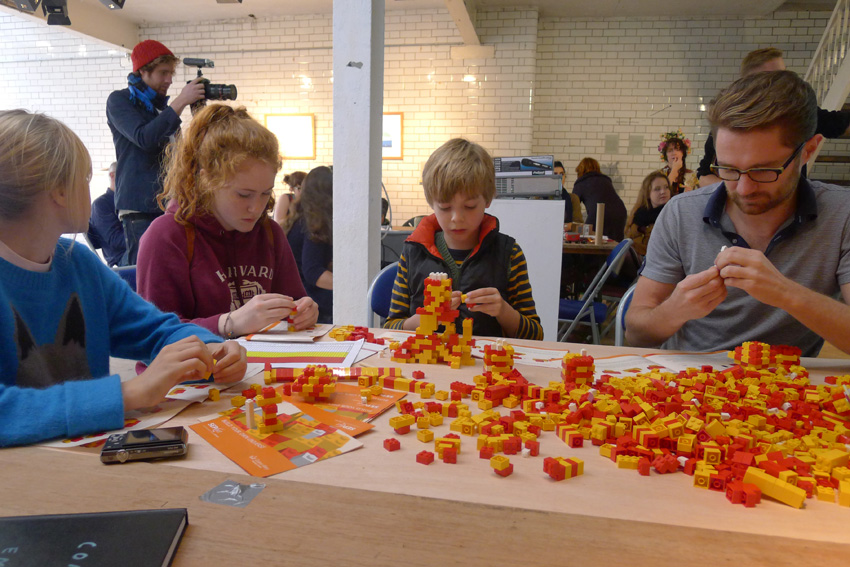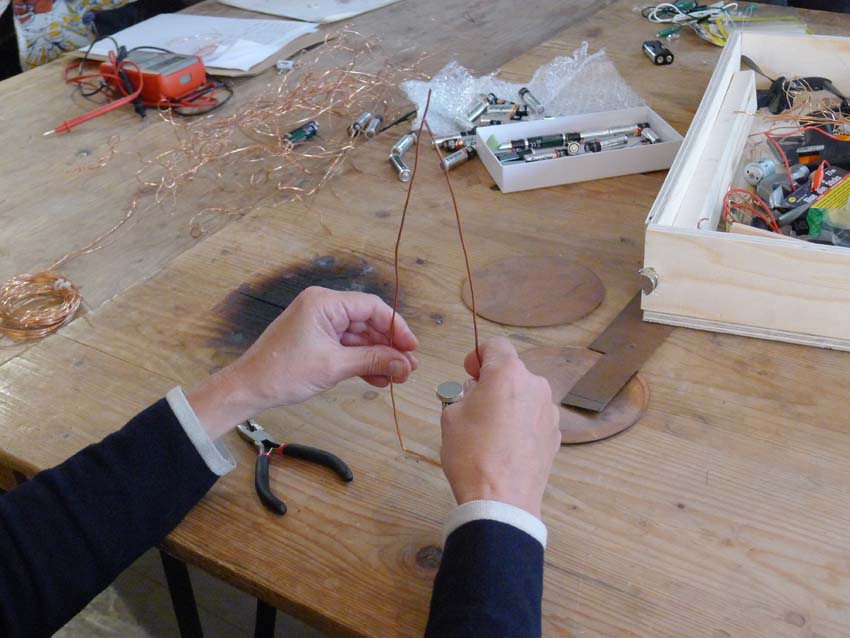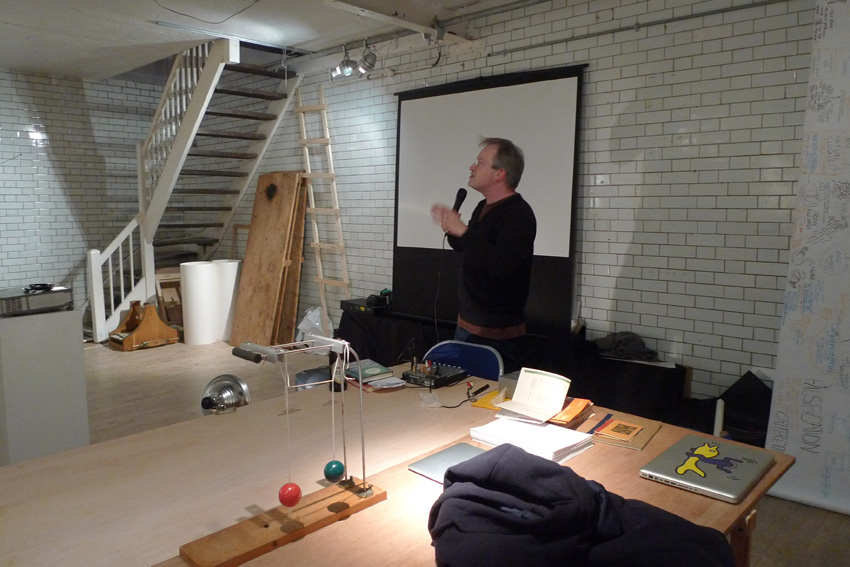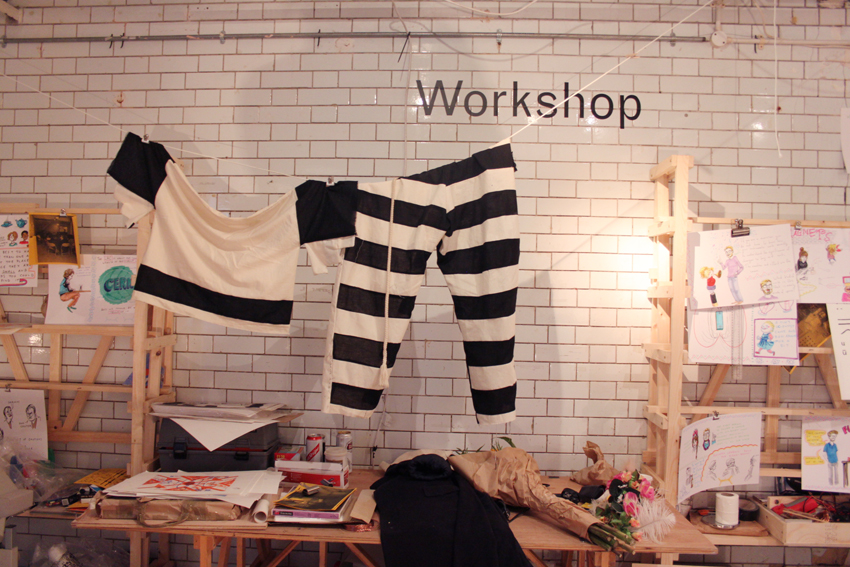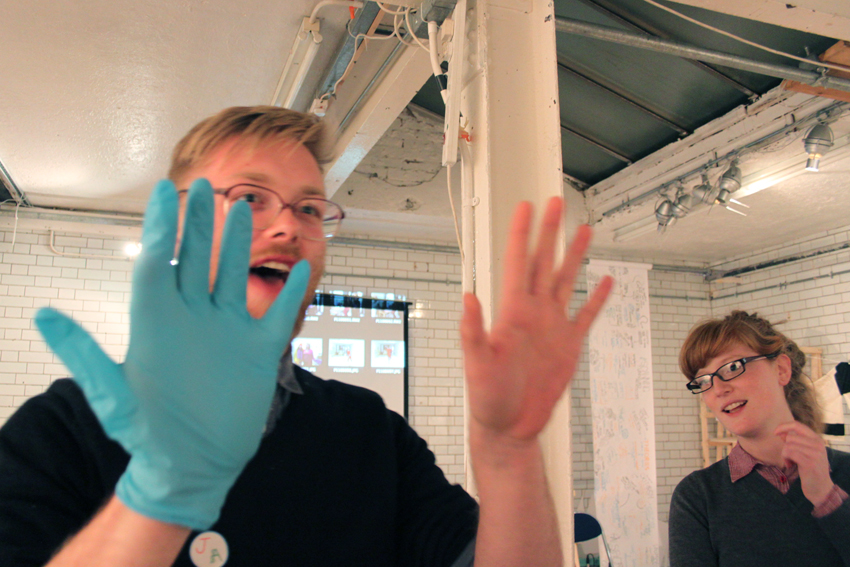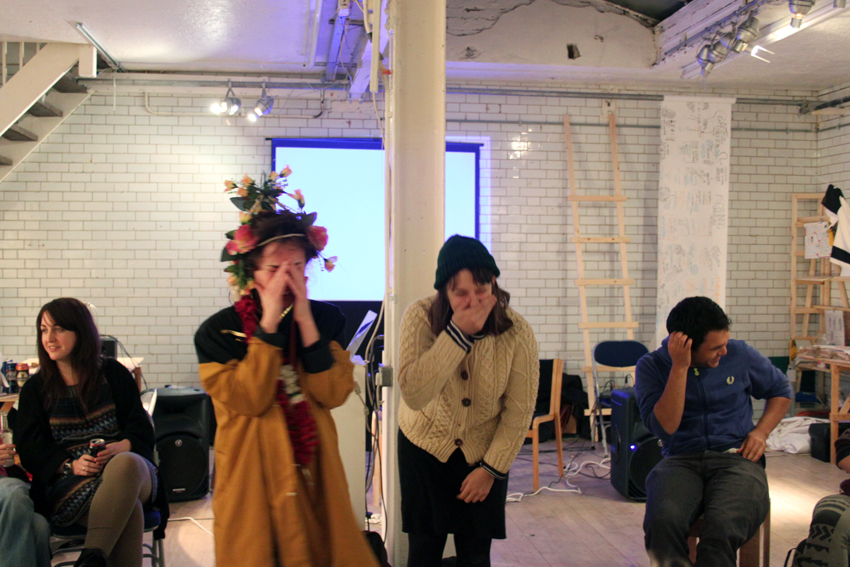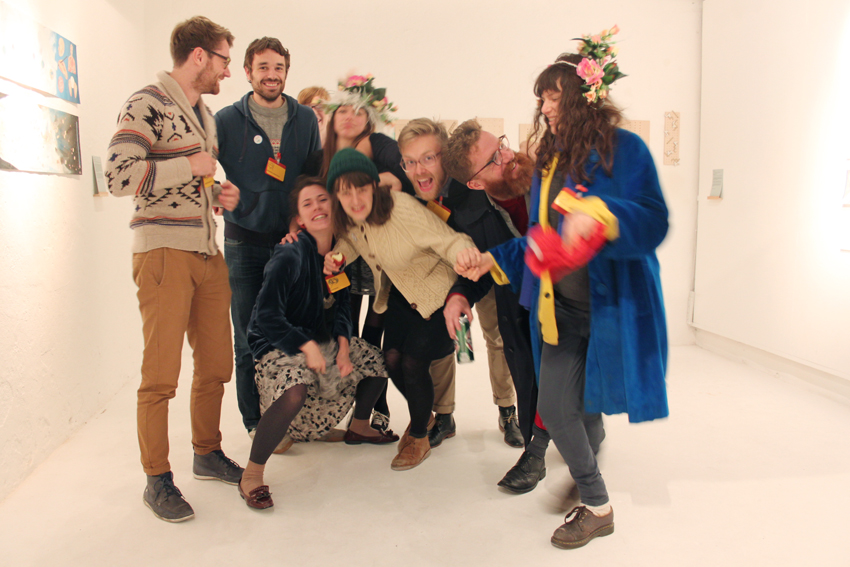JIGGLING ATOMS
Jiggling Atoms is a multi-disciplinary project exploring the wonders of physics, emphasising learning, dialogue, knowledge exchange and collaboration. We explore the role of visual communication in physics and the use of abstract and creative thought in science. Founded on our shared belief in cross-disciplinary education and a desire to create and design experiences through which people can learn about the sciences as experience interesting works of art, design and illustration.
Most of our everyday life is invisible: the air we breathe, the chemical reactions in our bodies, the heat from the sun, gravity, electricity, radio waves, the calculations done by your computer. How do these invisible things work can only be understood through their effects, which scientists seek to describe through experiments and simulations. Developing ways to describe what experiments and simulations tell us about the material nature of reality is extremely tricky – but creating ways of understanding and explaining what we understand about nature is something humans have always endeavoured to do.
By questioning the role of creative thought and practice in society through workshops and introducing artists to the world of physics through lectures and discussing the common misconceptions of physics, not only how physics is done and how it describes the world but the political and social dimensions of scientific practice. Through moving image, interactive art, books, objects, effigies and prints, public exhibitions, participatory workshops, discussions and debates we persevere in opening up the conversation between art and science to all members of society.
Previous guests/ Lectures: Dr Radmila Topolovic, Patrick Stevenson-Keating, Mark Pilkington ~ Strange Attractor Press, Joe Banks ~ Disinformation, Super/Collider, Nervous Steven, Professor Jon Butterworth, Robin Ince, Adrian Holme.
PRESS: It's Nice That, The Guardian, First Thursdays, Camberwell Blogs, VNA, FQXi,, WRAP Magazine
To see our project archive and visit our website, click here
